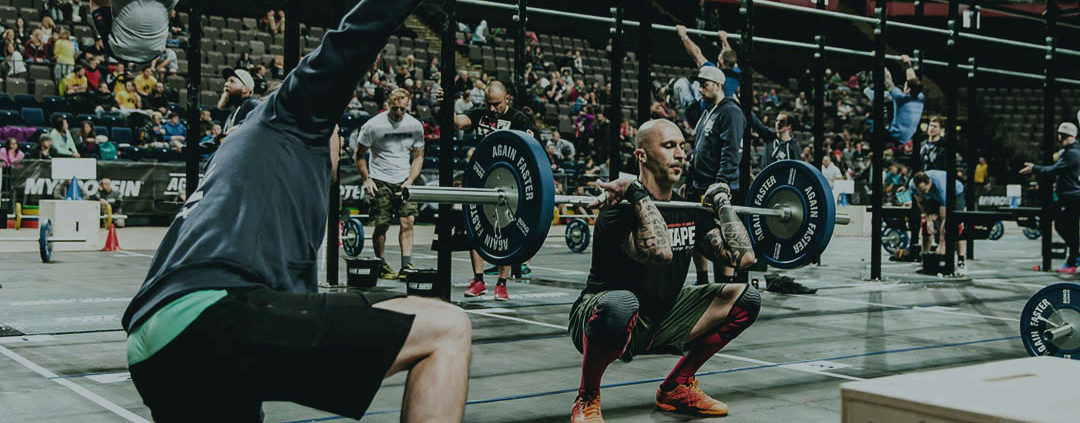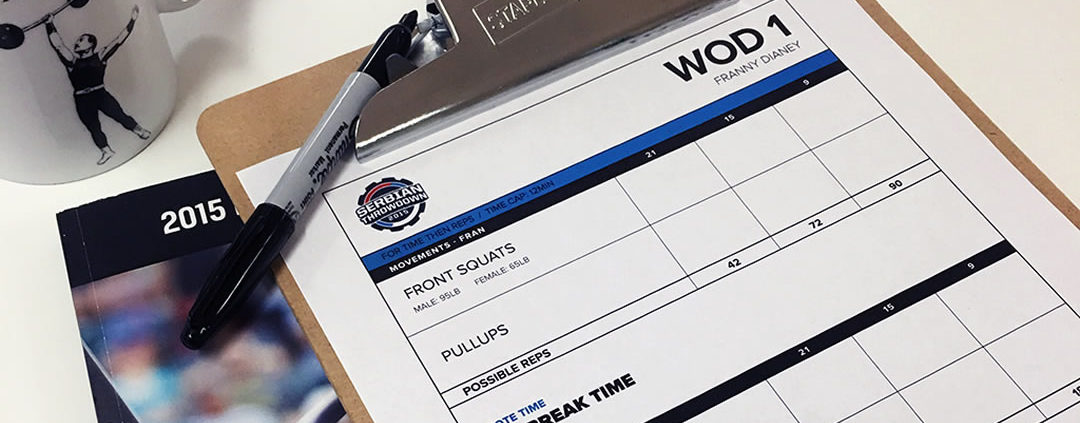THE KINGS (AND QUEENS) OF NO REPS!
TO THE JUDGES OF CROSSFIT…
Without you, our athletes would still be fighting over who was better.
So, you decided to volunteer at your local Box by being a judge instead of competing for an upcoming event. This is wonderful news! Local events are where the majority of Elite athletes get their start and they wouldn’t be where they are now without you! I get it, judging for the first time can be nerve racking or just flat out scary because of the lack of experience. You honestly do not know who you are about to face, their abilities/disabilities, or even just their personalities. Sometimes even if you are judging at a local competition, there will be a lot of unfamiliar faces that are all looking for the same thing, to win the purse, glory of being crowned fittest of the area, or just to have fun with a few friends. Hopefully with this blog post, I can help ease those nerves a bit and get your geared up for a quality judging session for your next event!
EVERY BODY IS DIFFERENT!
Within the first few minutes of meeting the athlete that you will judge, be sure to briefly go over the movements, rep scheme, and ask if the athlete has any limitations performing the movement before the event begins. Depending on the severity of the limitation, if there is one, you may need to involve the Head Judge to determine what will be a GOOD REP and a NO REP. _For example, I judged a competition where the WOD included pull-ups in the Team Masters Division. The athlete came to me and explained that he couldn’t completely lock out his right elbow in the bottom position of the pull-up due to having surgery a few months previously. After showing me his range of motion, I was still concerned about what counted as a “GOOD REP,” so I asked the Head Judge. Fortunately, the Head Judge spoke with the athlete and gave myself as his judge the “ok” to count his reps as long as they were “As close to locked out as he was physically able to” at the time_. When in doubt ask the Head Judge!
Remember that not just everybody is different, but every event is different. You could be judging a BEGINNER event in which someone may be very new to Crossfit; their movements may be a little unorthodox, but they get the job done. Be sure to go over how much the standard can deviate between divisions with the Head Judge.
Before beginning the event, be sure to also ask the athlete if they have any preference on how you should count reps for them. An athlete may prefer you do not count out loud for any of the reps until they are complete or they may want you to count by 5’s, 10’s, etc. Athletes should still be maintaining their own rep count, but be sure to be clear with your “NO REPS” and rep count calls.
REVIEWING YOUR SCORE CARDS
Some competitions are now seeking professional guidance, such as online score keeping with the option to have custom scorecards made (ahem ahem WODcast!); others may not have the funding or resources to do so. Because of this, sometimes the scorecards can be haphazardly made which may not leave enough room for your tick marks or scoring ques. If time allows, review and familiarize yourself with the scorecards that you are provided with before you start judging your first athlete. The last thing you need is to get distracted by your scorecard while your athlete is wondering why you’re not paying attention to their reps.
GETTING A GOOD VANTAGE POINT WHILE SCORING
If you have watched competitions being judged, you will notice that judges move along with their athletes in order to correctly track their movements and assess if the rep was a GOOD REP or NO REP. However, there are a few movements that may require you to obtain additional equipment in order to view the movement of your athlete. Some of the most difficult movements to judge would have to be squats/wallballs, kipping pullups, and some of the gymnastic movements. Squats (including wallballs) can be difficult to judge whether or not the athlete is going below parallel on their squat phase; the best way to tell is to first have your athlete demonstrate their squats before the workout and then position yourself on their level during the workout. Get on their level by literally getting down on one knee or squat to have your eyes on their hips. Sometimes when judging wallballs, you will see judges literally looking like a frog bouncing from a low position up to standing in order to view the entire rep. For pullups and gymnastic movements, one may need to have a box or weight plates to view the athlete to see if their chest is touching the bar or if their chin is over the bar. Standing beside the athlete in order to see contact will allow you to score their movement accurately .
BE COOL, CALM, COLLECTIVE, AND FIRM
One of the last things that you will need to keep in mind as a judge is to remain cool, calm, collective, and firm because in certain instances athletes can become frustrated if a NO REP is called. When you call a NO REP during competition, be sure to do so in a firm yet informative voice with a very brief phrase explaining why it was a NO REP. For example if someone is not locking out their arms during ground to overhead just simply say, “Lock Out Arms.” However, if you find yourself with an athlete who is not paying attention or continues to get frustrated, then you will need to get the Head Judge involved. Being polite yet firm is the best way to deal with the situation. Unfortunately we all make mistakes, it is human nature, yet we all should strive for perfection. If a miscount happens, and yes it is bound to happen, move forward with what you believe is the right way to go and keep scoring.
Even though judging can be difficult, it is truly rewarding. You are able to see, meet, and learn from the competitors that you judge. Who knows, you might even be judging the next Rich Froning or Camille LeBlanc-Bazinet in your local Box! Always remember: know your movements, ask your questions, pay attention, and have firm but polite communication with your athletes. Good luck and may the odds be ever in your Crossfavor!
Happy Judging!!!



